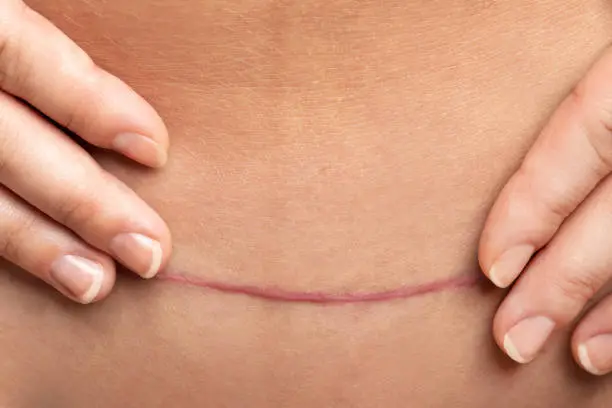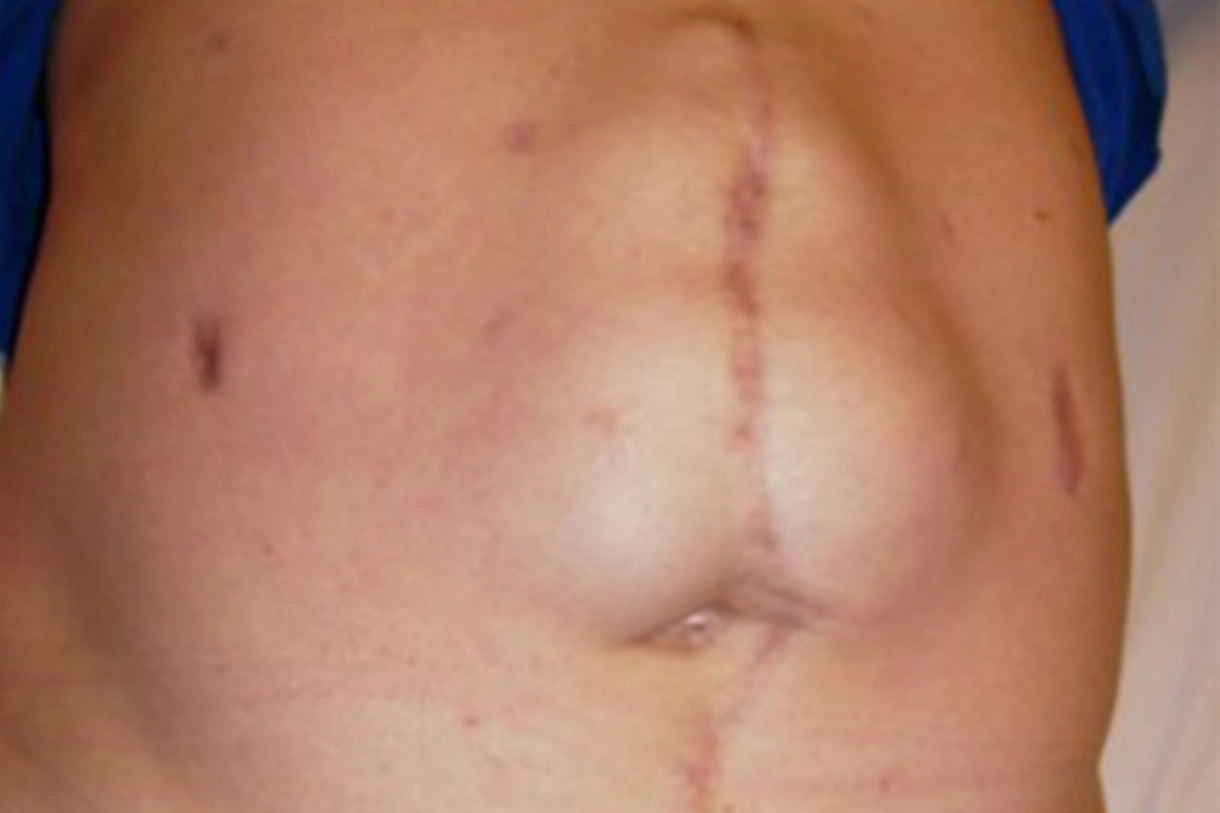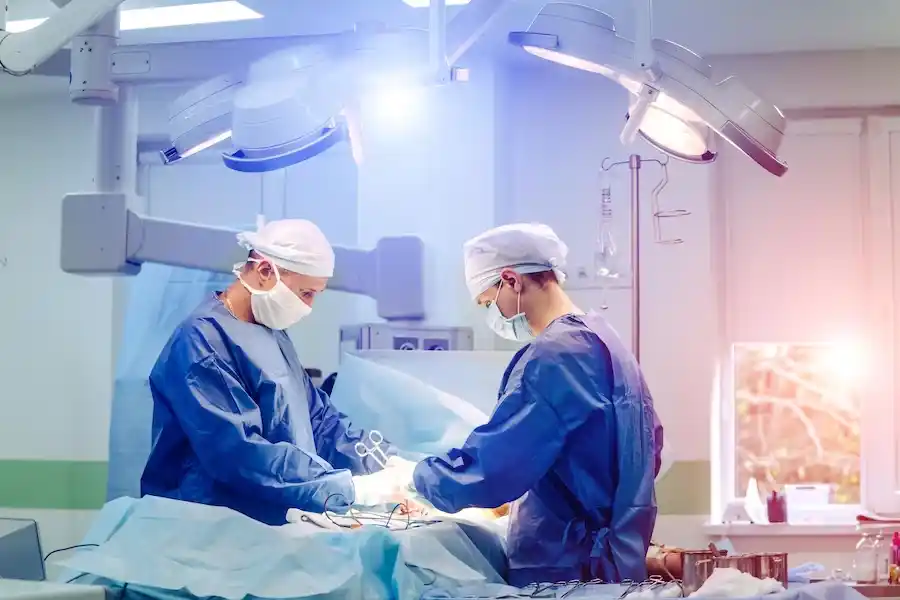Incisional Hernia
Heal Your Hernia Today!
Heal Your Hernia Today!
About Incisional Hernia
An incisional hernia is a type of hernia that develops at the site of a previous surgical incision. This can occur when the incision site does not heal properly, or when the abdominal muscles and connective tissue are weakened or damaged during the surgery.
Causes and symptoms of Incisional Hernia
Causes

Weakness or damage to the abdominal muscles or connective tissue during surgery

Failure of the incision site to heal properly

Straining during bowel movements, coughing, or lifting heavy objects after surgery

Obesity and poor nutrition

Smoking, which can weaken the connective tissue
Symptoms

A visible bulge or lump at the site of the incision

Pain or discomfort, especially when lifting or straining

A feeling of heaviness or pressure in the abdomen

Nausea or vomiting

Difficulty passing stools or urine
In some cases, a hernia may become strangulated, which means that the blood supply to the protruding tissue is cut off. This can cause severe pain, fever, and nausea, and requires emergency medical attention.
If you suspect you have an incisional hernia, it is important to consult a healthcare provider for diagnosis and treatment recommendations. Treatment options may include watchful waiting, lifestyle changes, or surgical repair, depending on the severity of the hernia and other factors.
You Can use the Three Finger Test and CT Scan to Identify the Femoral Hernia and Inguinal Hernia
Treatment for Incisional Hernia
The treatment for incisional hernia typically involves surgical repair. The goal of surgery is to close the weakened or torn area of the abdominal wall and reduce the hernia by returning the protruding tissue to its proper place. The surgical approach may depend on the size and location of the hernia, as well as the individual patient’s health and medical history
There are different surgical techniques used to repair an incisional hernia, including open surgery and laparoscopic surgery. Open surgery involves making a large incision in the abdomen to access and repair the hernia, while laparoscopic surgery involves making several small incisions and using a camera and specialized surgical instruments to repair the hernia.
Surgery
In cases where the hernia is causing discomfort or pain, or is at risk of becoming strangulated, surgery may be necessary to repair the hernia. During the surgery, the protruding tissue is pushed back into the abdomen, and the muscles and connective tissue around the incision site are repaired or reinforced with mesh.
Recovery time varies depending on the size and location of the hernia, as well as the individual’s overall health and lifestyle factors. It is important to consult a healthcare provider for diagnosis and treatment recommendations if you suspect you have an incisional hernia. The healthcare provider can assess the severity of the condition and recommend the most appropriate treatment options.

Open surgery

This involves making an incision in the abdominal area to access and repair the hernia. During the procedure, the surgeon will carefully push the protruding tissue back into place, and then sew up the weakened area of the abdominal wall. The surgeon may also use a synthetic mesh to reinforce the repair and prevent recurrence of the hernia.
Laparoscopic surgery
This is a minimally invasive surgical approach that involves making several small incisions in the abdomen. The surgeon will use a laparoscope, a thin tube with a camera and surgical instruments attached, to access and repair the hernia. The surgeon may also use a mesh to reinforce the weakened area of the abdominal wall.

Facts of Incisional Hernia
- Incisional hernias are a common complication of abdominal surgery, occurring in up to 30% of patients who have had major abdominal surgery.
- An incisional hernia can be diagnosed through a physical exam or imaging tests such as ultrasound or CT scan.
- In some cases, an incisional hernia may be preventable using specialized surgical techniques, such as laparoscopic surgery
- If left untreated, an incisional hernia can lead to complications such as bowel obstruction, strangulation, or infection.
